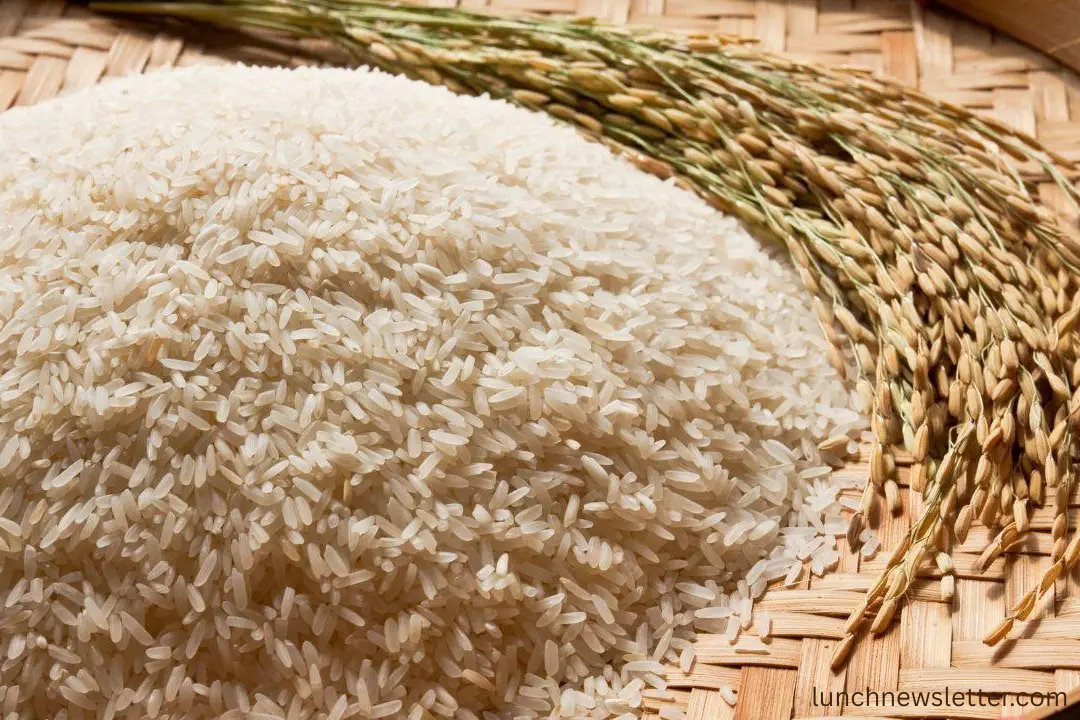Arsenic is a naturally occurring element found in soil, water, and air. It exists in two primary forms: organic and inorganic. The more toxic inorganic form is commonly absorbed by plants like rice from groundwater or contaminated soil. Rice is particularly prone to absorbing arsenic because it is typically grown in flooded fields. These waterlogged conditions make it easier for the plant to take up arsenic through its roots, unlike most other cereal crops.
Why Rice Is Vulnerable
Unlike wheat or corn, rice is grown in paddies submerged in water, creating an anaerobic (oxygen-poor) environment that alters soil chemistry. These conditions mobilize arsenic compounds in the soil, making them more bioavailable to rice plants.
Several studies have shown that rice grown in regions with arsenic-rich groundwater or areas with past pesticide usage is particularly at risk. Countries such as Bangladesh, India, and parts of the United States have been identified as high-risk zones for arsenic-contaminated rice.
How Climate Change Exacerbates the Problem
Rising global temperatures and unpredictable rainfall patterns are impacting rice cultivation practices, particularly in tropical and subtropical regions. Here’s how climate change is making the arsenic issue worse:
Increased Use of Groundwater
Due to irregular rainfall and prolonged droughts, farmers are increasingly relying on groundwater for irrigation. In many regions, this groundwater contains elevated levels of arsenic, which directly enters rice paddies during irrigation.
Soil Depletion and Chemical Reactions
Climate-induced soil degradation depletes nutrients and organic matter. As soil becomes less fertile, its capacity to retain arsenic diminishes, causing higher concentrations of the element to remain mobile and bioavailable.
Rising Temperatures
Higher temperatures accelerate microbial activity in flooded soils, increasing the conversion of arsenic into forms more easily absorbed by rice plants. Research has indicated that climate warming correlates with elevated arsenic uptake in rice.
Shifting Agricultural Zones
As climate conditions change, farmers are expanding rice cultivation into new areas where soil and water may already be contaminated with arsenic, unknowingly contributing to a broader exposure risk.
Health Impacts of Arsenic Exposure
Long-term exposure to arsenic, even at low levels, has been linked to serious health problems:
- Cancer: Skin, bladder, and lung cancers are strongly associated with chronic arsenic intake.
- Cardiovascular disease: Arsenic exposure can lead to high blood pressure and heart disease.
- Neurotoxicity: Developing brains, particularly in children, are sensitive to arsenic, which may impair cognitive development.
- Diabetes: Some studies suggest a link between arsenic and insulin resistance.
For populations that consume rice as a dietary staple—particularly in South and Southeast Asia—this is a public health crisis in the making.
Who Is Most at Risk?
Populations that rely heavily on rice for caloric intake are at the highest risk of arsenic exposure. This includes:
- Low-income communities in Asia and Africa
- Infants and young children who consume rice-based baby foods
- Individuals on gluten-free or plant-based diets with high rice consumption
Women of reproductive age and pregnant individuals are also at risk, as arsenic can cross the placenta and affect fetal development.
What Can Be Done to Reduce Arsenic in Rice?

While eliminating arsenic from rice entirely is unlikely, several strategies can help minimize exposure.
Switch to Safer Irrigation Methods
Using rainwater or low-arsenic surface water instead of groundwater can reduce arsenic levels in rice fields. Alternate Wetting and Drying (AWD), a water-saving irrigation method, reduces standing water and limits arsenic uptake.
Change Rice Varieties
Certain rice strains absorb less arsenic than others. Breeding or genetically engineering low-arsenic rice cultivars is an ongoing area of research with promising results.
Modify Cooking Methods
Rinsing rice thoroughly and cooking it in excess water (6:1 water-to-rice ratio) can reduce arsenic content by up to 60%. Discarding the excess water after cooking is essential to minimize exposure.
Regulate and Test
Governments and food safety authorities must establish stricter arsenic thresholds in rice and enforce regular testing, especially for imports. Public awareness campaigns can educate consumers on risk reduction.
Role of Policy and Research
To address the growing threat of arsenic in rice fueled by climate change, multi-level cooperation is required:
- International Guidelines: Agencies like WHO and FAO must revise safety limits for arsenic in rice, factoring in climate-induced increases.
- Government Action: Countries need to invest in clean irrigation infrastructure and enforce pesticide bans that contribute to arsenic buildup.
- Academic Research: Ongoing research is crucial to understanding the full extent of climate’s impact on arsenic levels and to developing practical solutions for farmers.
Consumer Choices and Risk Awareness
Consumers can make informed choices to reduce their arsenic exposure without eliminating rice:
- Alternate with other grains like quinoa, barley, or millet
- Avoid rice products like rice syrup or rice milk for children
- Choose white rice over brown rice occasionally, as brown rice retains more arsenic in the outer layers
The Global Implication
As climate change accelerates, the issue of arsenic in rice will not remain isolated to developing nations. Rice is a global commodity, and contaminated supplies can reach supermarket shelves worldwide. International trade must adapt to stricter food safety practices, and consumer awareness must rise in tandem.
Frequently Asked Questions (FAQs)
Why is there arsenic in rice?
Rice absorbs arsenic from soil and water, especially in flooded paddy fields where inorganic arsenic becomes more bioavailable. It’s a natural but dangerous contaminant.
How does climate change affect arsenic levels in rice?
Climate change increases arsenic levels in rice by altering irrigation needs, boosting groundwater use, and intensifying soil chemistry changes that release arsenic into plants.
Is arsenic in rice harmful to health?
Yes, long-term consumption of arsenic-contaminated rice can lead to serious health issues like cancer, heart disease, diabetes, and developmental delays in children.
Can washing or cooking rice reduce arsenic?
Yes. Rinsing rice thoroughly and cooking it with excess water (which is discarded) can significantly reduce arsenic content—up to 60% in some cases.
Are some types of rice lower in arsenic than others?
White rice typically contains less arsenic than brown rice. Basmati and jasmine rice from regions like India and Thailand generally have lower arsenic levels than U.S. rice.
Does organic rice contain arsenic?
Yes, arsenic can be present in both organic and non-organic rice, as it comes from soil and water, not synthetic pesticides or fertilizers.
Are there rice alternatives with less arsenic?
Yes. Grains like quinoa, millet, bulgur, and barley contain significantly lower levels of arsenic and can be safely rotated into your diet.
What can governments do to reduce arsenic in rice?
Governments can regulate irrigation practices, test for arsenic contamination, promote safer rice varieties and set enforceable food safety standards to protect consumers.
Conclusion
Rising arsenic levels in rice due to climate change represent a slow-moving but serious global health concern. Rice, a dietary staple for billions, may increasingly carry hidden toxic risks if agricultural practices don’t evolve. By understanding the link between climate and arsenic uptake—and taking steps to mitigate exposure—governments, researchers, and consumers alike can work toward safer, more sustainable food systems.
